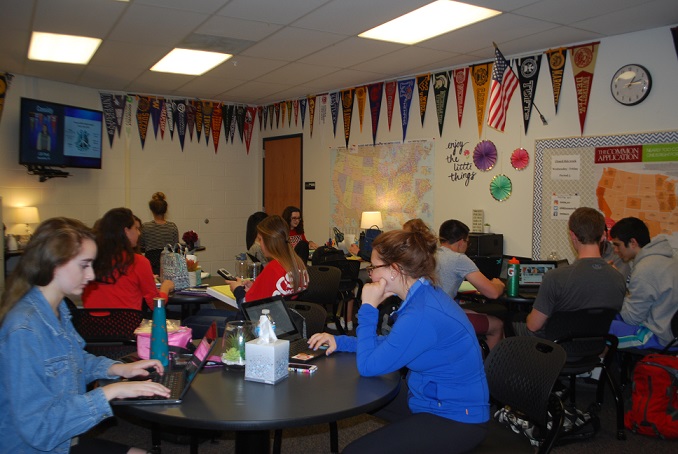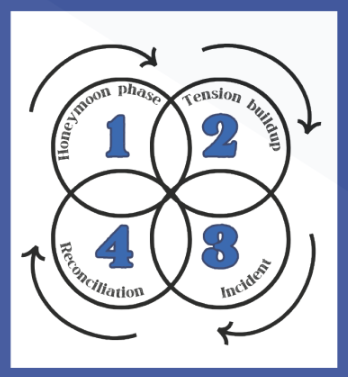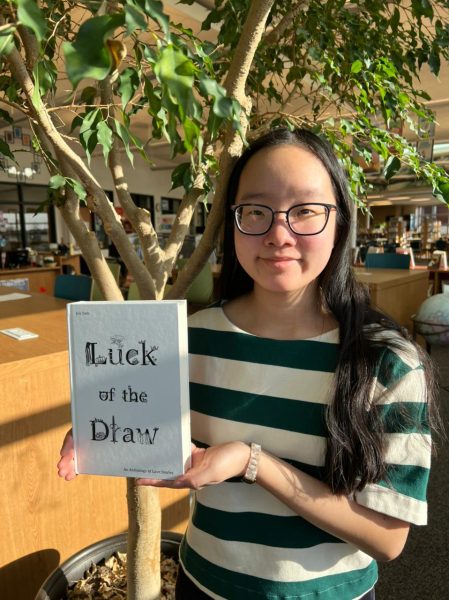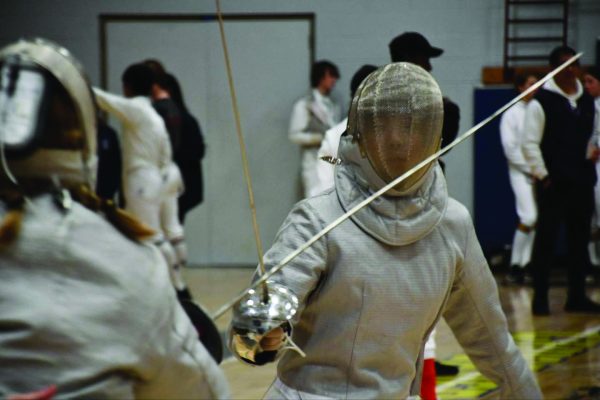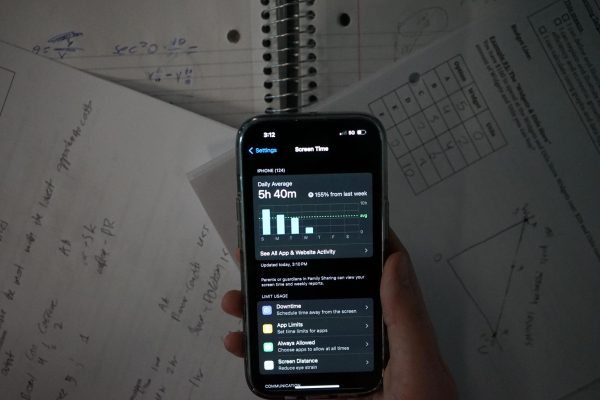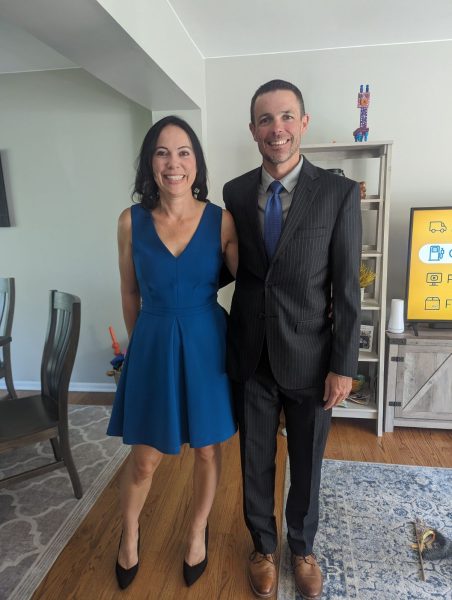TSP’s Declassified College Survival Guide
Just as middle school is preparation for high school, so is high school for college. In fact, conversation practically revolves around college, especially as an upperclassman. While daunting for underclassmen, have no fear– the Scratching Post is here.
The process
If you haven’t heard this yet, prepare to hear it again and again: College Resource Center’s Mrs. Rebecca Bellito advises that students apply to three types of schools.
Foundation school: This type of school is one that you are very confident that you would get accepted to. Perhaps even more importantly, it should be financially attainable for your family, and it should be a place that you would be happy at, too. You shouldn’t just settle for this school.
Probable school: For this type of school, you would meet the admissions requirements– meaning that your scores, GPA, fall within the middle 50 percent range. You might get deferred from here at first.
Reach school: This is a school that it is very unlikely for you to get in based on its admissions requirements. For example, an Ivy League is a reach for anyone.
Based on this, students typically apply to one to ten schools, according to Bellito. However, if you plan on applying to a lot of reach schools, you will probably apply to more. I applied to thirteen schools; Ankit Agrawal (12) applied to 21. No matter how many you apply to though, make sure to give yourself options so as to actually make a decision!
Without further ado, here are important factors to consider when beginning your college process.
Major
One of the most things to keep in mind when choosing a college is the quality of the program that it has for your major. Out of 24 seniors, eighteen considered researching this as one of the two most important steps that guided their search process.
When researching college’s program rankings, know that that is only a starting point.
“It’s a really good idea to look on a school’s website and see the course breakdown requirements for different majors,” said Bellito. “See if there are special opportunities or internships for that major; when you go on a visit, see if you can talk to a department member or sit in on a class.”
However, if you do not know what you want to major in yet, don’t fret!
“An estimated 20 to 50 percent of students enter college as “undecided” (Gordon, 1995) and an estimated 75 percent of students change their major at least once before graduation (Gordon, 1995),” said Liz Freedman, the student employment coordinator for Internship and Career Services at Butler University.
Cost
Though college is expensive for everyone, it is quite literally an investment in your future. With that in mind, it’s important to consider cost in the beginning of the search; however, don’t let it be a dealbreaker.
“Don’t look at the initial price tag of a public school compared to a private school because private schools tend to give you a lot more money than public schools will,” said Matt Grammins (12).
In fact, the most expensive private schools tend to give the most money.
“When you actually have kids applying to Ivies, they’ll give them $20k, whereas public schools don’t give anything,” said Grammins.
At the same time, don’t wait for a miracle to happen. Look into the school’s financial aid program and utilize resources that’ll calculate the net price of living expenses and tuition for a year, such as the College Board’s Net Price Calculator.
Type
The type of college you choose, whether it be a two-year community college or a four-year university, is dependent upon several factors: cost, convenience, and flexibility. Though seemingly a lesser discussed option, it was one of the most popular post-high school options for the class of 2016.
The difference between even the University of Illinois, a public university, and the College of Lake County is stark. A year at U of I costs about $31,046; this includes room and board. A year at CLC costs $18,634. This does not account for financial aid, of course, which varies from student to student.
Many opt to attend community college for two years if they are unsure of what they want to study. So, they use it as a way to knock general education requirements out of the way.
This option is also great for students who need a smaller learning environment to excel.
“Since research is not conducted at community colleges, more emphasis is placed on classroom instruction, and many professors at community colleges utilize teaching methods that focus on teaching rather than research, whereby facilitating a better learning environment and experience for students,” according to College Atlas.
Location
As the saying goes in real estate, “location, location, location.” Do you want to live in the country? A college town? A city? These settings impact student life tremendously, whether it be the culture of the school or what there is to do recreationally. Even more importantly, you should consider the vocational opportunities that are in the area. Typically, city schools are best for internship opportunities.
Another important thing to keep in mind is how comfortable you are with being away from home.
“Kids who know that they want to be able to come home on a random weekend– whether it’s because they know they’re going to be homesick or they just want the convenience of being able to go home to get a meal with a family–I think that does play a role in when they’re making the final decision as to whether they want to be a place that’s a seven hour drive or just a two hour drive,” said Bellito.
Convenience is huge– living farther away from home increases the already hefty price of college. Those who plan on living far away from home should consider the cost of airfare.
Consider how you feel when you go on vacation or to an overnight camp. Those who get extremely homesick might want to be closer to home. However, it’s always a good idea to get out of your comfort zone too.
Size
The size of the college affects the classroom experience and beyond.
Some of the benefits of attending a large college include “Wide variety of majors and courses, well-stocked libraries, a variety of housing opportunities, well-funded sports programs, a wide range of academic choices and student activities, distinguished or famous faculty, [and] state-of-the-art research facilities,” according to BigFuture.
If you are going to a large school, you should feel comfortable with having to advocate for yourself constantly. For some, this can be overwhelming.
Some of the benefits of attending small schools include: “Small class sizes, hands-on learning opportunities, individually designed majors, strong advising system; advisers know students well, a strong sense of community, professors, not teaching assistants, teach most courses, [and the] opportunity to get to know professors well.”
Size was an important factor in Corey Cotton (12)’s search, as he “focuses better in a smaller classroom setting.” He chose Carthage College in Kenosha, Wisconsin and will be playing football there.
While the sense of community at small colleges tends to be stronger, there are some drawbacks. Fewer majors are offered; however, you can design your major at some small colleges. Also, if you’re interested in research, find out what kind of work and research opportunities are available before applying.
The decision
While it’s great to go to campus as much as possible –especially before and after getting accepted– it might not be financially feasible for your family. It is essential, however, to try to make the trip before you commit to a school.
“Make sure that it feels comfortable to you because it’s going to be where you’re living for at least the next four years,” said Grammins.
Beyond the “feel,” many of the same factors that guided your search will also inform your decision. For the class of 2017, the most common factors in their decision were the quality of the school’s program for their major and cost.
When deciding if the schools you’re considering “fit” you, Bellito said: “The three types of fit that I always talk about are academic, social, and financial. Is it a place where you have the academic opportunities that you seek? Is it a place where you have the social opportunities that you seek in college– whether it be clubs, Greek life, or sports? And is it something that your family can make work financially?” said Bellito.
If you’re still torn, make sure to rank your priorities. Some of those that have not been previously mentioned can include considering where you want to be after your undergraduate degree — whether it be in terms of loans, graduate school, or a job– and the connections that you want to make for your career.
While stressful, the college search and decision process reveals a lot about yourself.
“You have to figure out how you learn best– what kind of activities you want to get involved in and how that matches up with the college search– that can get lost. People really focus on size and location, which is a good place to start; however you also need to self-reflect,” said Bellito.
At the beginning of the year, I joked, “I get stressed when deciding what to order for breakfast; how am I supposed to pick a college?” But I did. And you will too– everything falls into place.

